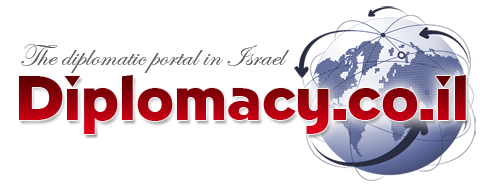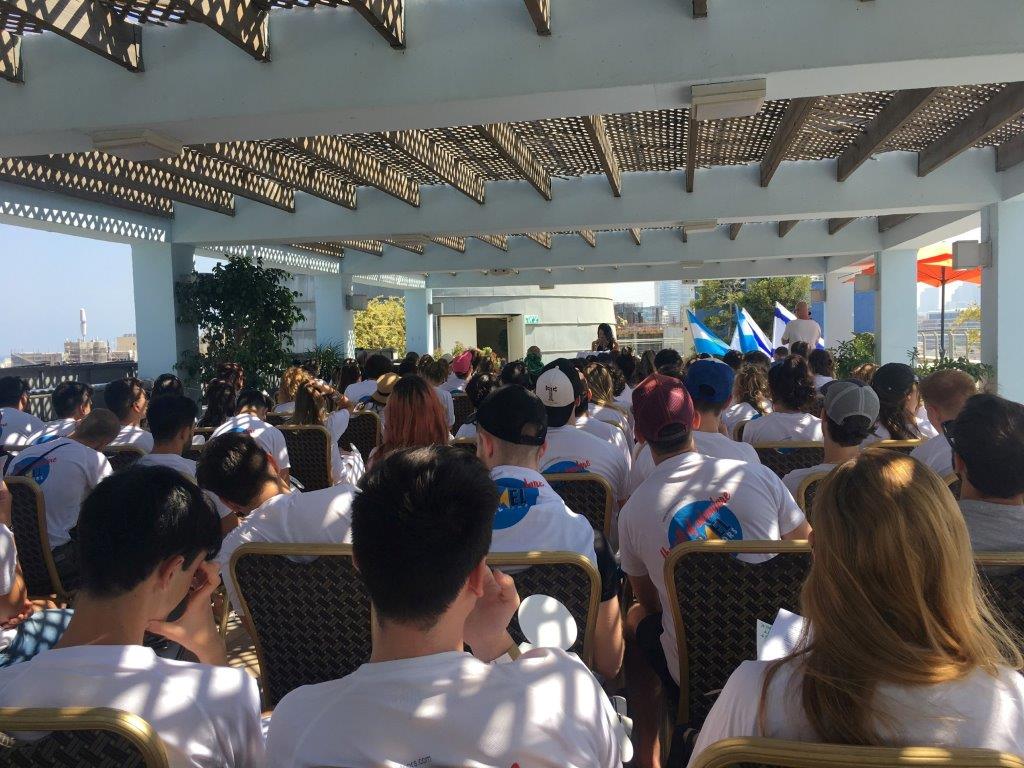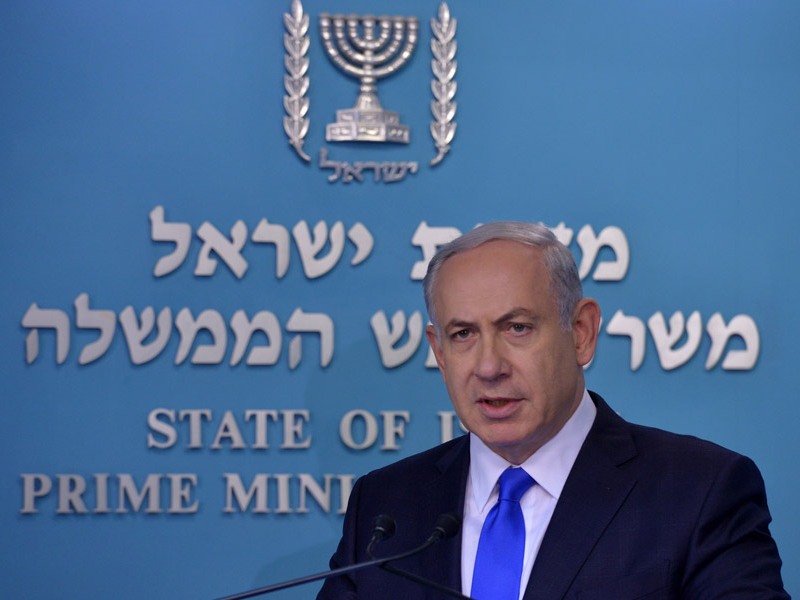- Details
- Written by GPO
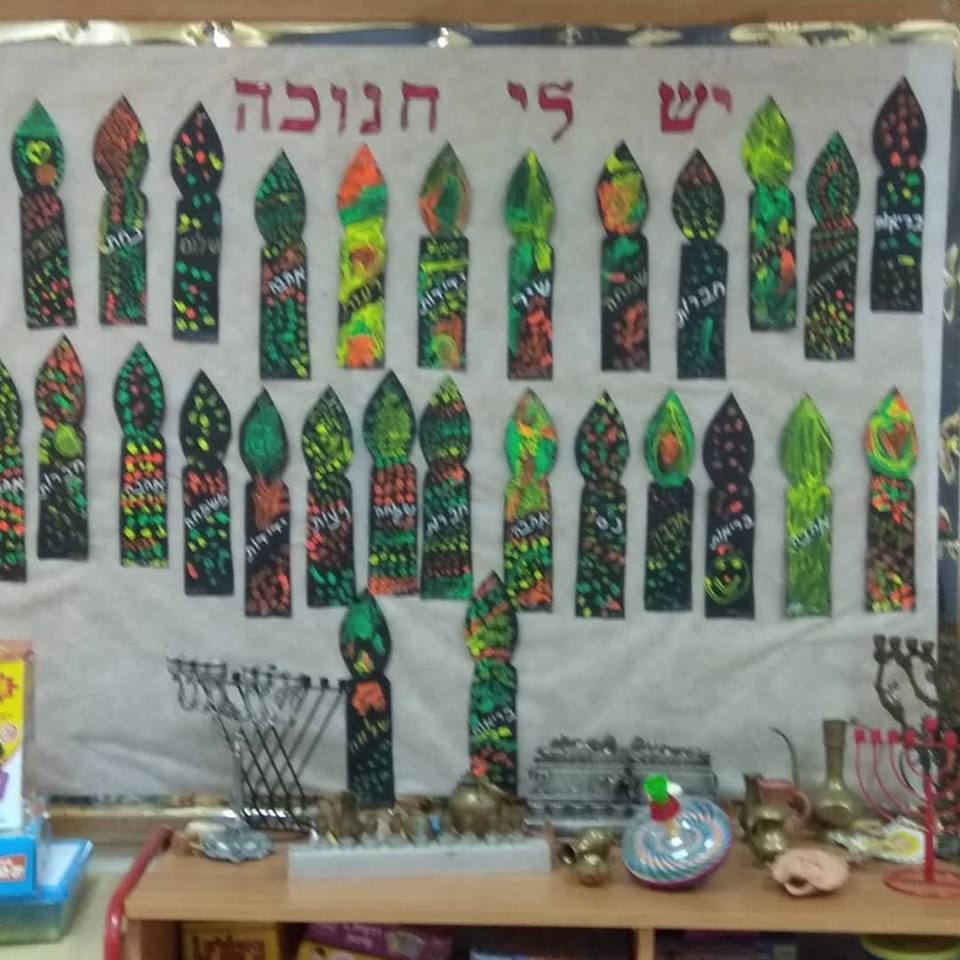
Chanukah ("dedication" in Hebrew) is celebrated this year from sunset on Sunday, 2 December, until sunset on Monday, 10 December. The festival commemorates both the 164 BCE rededication of the Second Temple in Jerusalem after its desecration by the ruling Seleucid (Syrian Greek) Kingdom, under Antiochus IV – and the re-establishment of religious freedom for the Jewish people after a period of harsh repression. The success of the popular revolt led by Judah Maccabee and his brothers has, ever since, symbolized the Jewish people's fight for, and achievement of, its liberty and freedom as a nation against overwhelming odds. Chanukah is not a legal holiday in Israel; offices, shops and public transportation will operate as usual; schools, however, will be closed. The Government Press Office offers the following guide:
Historical background to Chanukah
In 200 BCE, the Seleucid King, Antiochus III, conquered the Land of Israel and incorporated it into his kingdom. While neither he, nor his son and successor, Seleucus IV, forced their Hellenistic culture on the Jews, his second son, Antiochus IV, who acceded to the throne in 175 BCE, instituted – with the active acceptance and support of many Jews – a policy of forced Hellenization and enacted harsh policies against those Jews who refused to adopt Hellenistic culture. Under Antiochus IV, Jews were forced to eat pork, and Sabbath observance and circumcision were made punishable by death. In 167 BCE, the Temple was defiled and dedicated to the Greek god Zeus, and became the center of an idol-worshipping cult.
In 165 BCE, a popular revolt – led by Mattathias, an elderly priest from the town of Modi'in (east of Lod), and his five sons – broke out against Seleucid rule. Mattathias died soon thereafter, and was succeeded by his third son, Judah, also known as Judah Maccabee. Following a brilliant guerrilla campaign – as well as several victories over far larger, regular Seleucid armies – Judah's forces liberated Jerusalem in the winter of 164 BCE. The Temple was cleansed and, on the 25th of the Hebrew month of Kislev, rededicated.
At that time, according to rabbinic tradition, when Judah's men sought to relight the Temple menorah, or candelabra, only one day's worth of pure, undefiled olive oil was found, but the limited quantity of oil miraculously burned for the eight days required for new oil to be pressed. Thus, the holiday of Chanukah commemorates both the liberation of Jerusalem and the rededication of the Temple, and the miracle of the oil. In one of the blessings (see below) recited each night, the Jewish people praise God "who performed miracles for our ancestors in those days at this season."
Observance of Chanukah
The main element of Chanukah observance is the lighting of the eight-branched menorah (or chanukkiah) in the late afternoon, but not before the sun has begun to set, or at night. On the first night, one candle (or oil lamp) is lit, with another one being added on each successive night until the eighth night when all eight candles (or oil lamps) are lit. One extra light (the shamash) stands apart from the others and is used to light them. Special blessings are said when lighting themenorah, which is traditionally placed in a window or doorway where it will be visible from the outside – in order to publicize the miracle of the oil. It is customary to eat foods fried in oil – typically jelly doughnuts or potato pancakes – during Chanukah.
In addition, children are given four-sided tops as toys. In the Diaspora, the sides bear the Hebrew letters that form the acronym: "A great miracle happened there." In Israel, the sides bear the Hebrew letters that form the acronym: "A great miracle happened here." In the State of Israel, Chanukah is marked by a torch relay from Modi'in to Jerusalem and giant menorahs are also lit in public squares.
Chanukah is marked by special prayers and scriptural readings in the synagogue, as well as by a special addition to the regular blessing after meals.
Chanukah in Film
Following are clips from three films (courtesy of the Steven Spielberg Jewish Film Archive) that depict the various ways in which Chanukah has been celebrated:
Tomorrow’s A Wonderful Day (1948) http://youtu.be/9iXkhML3MHk (from 39:04 min to end)
Jerusalem My City (1950) http://youtu.be/w8QO-
As Long As I Live (1961) http://youtu.be/SJ8ZzQOkYh0 (from 15:44 min to end)
Chanukah Events
Chanukah Events in Tel Aviv (Hebrew)
- Details
- Written by Maccabi World Union

Chanukah - The Maccabi Festival
Dear friends,
Chanukah is, of course, Chag HaMaccabim, the Festival that celebrates the liberation of the Jews under the leadership of the Hasmonean family -- Matitiahu Cohen ben Yochanan and his five sons Shim'on, Yochanan, Yehudah, Yonathan and El'azar -- from the yoke the Greeks inflicted on the Jewish People. Because of its ethos - the ethos of spiritual and physical strength, independence, pride in and commitment to our legacy, their name - the Maccabees -- was chosen as the name of our Union, independently of the names our Clubs and institutions worldwide had and have, and as a means of illustrating the ideological link that connects Maccabi members worldwide.
Since the establishment of our first Club (in Turkey, 1895), Maccabi Clubs and affiliated Jewish Community Centers have selected various names over more than the 110 years of our history as a Jewish-Zionist Movement: Hakoach, Hagibbor, Shimshon, Bar-Kochba, Hebraica... and, of course, Maccabi. When our leaders searched for the one name for our Movement[1], they came to the conclusion that of all those very meaningful names there was only one that included their diversity, and at the same time embodied our Movement's most transcendent contents: Maccabi.
It was probably Menachem Ussishkin[2], one of the forefathers of Zionism, who expressed this in the most beautiful way. Ussishkin addressed the Maccabi Association in Odessa in 1917 to congratulate them for having chosen the name Maccabi for the Association - a name with deep significance and meaning:
"A child of Europe, a scholar of Roman Civilization, holds sacred and extols the adage: "A sound mind in a sound body". We, the children of Israel read -- as is well-known -- from right to left, hold sacred also the opposite of that saying: "A sound body -- for a sound mind". A "sound mind" - that is decisive; a "sound body" - that is the means. And you [the Maccabi leaders] have implemented that! You did not choose for yourselves the name "Samson", the symbol only of physical strength; you chose "Maccabee", symbolizing the power of the spirit. The Maccabees are renowned not for their physical prowess, but for their strategic brilliance. Many of these acts of bravery resound through the history of humankind's interaction with the Hebrews. The Maccabees are uniquely and hugely famous for the strength and daring of their belief."
Ussishkin continued, bringing a story from the Maccabee victory - a story of faith, commitment and total devotion to the continuity of our essence as a Jewish People:
"Here is Modi'in, a remote village in the Judean hills, a few poor and anxious Hebrews gathered before an idolatrous altar to hear the words of King Antiochus. The King's man, guarded by his escort of Assyrian soldiers, commands the Hebrews to make a sacrifice to Zeus, foremost of the gods of Greece. All are afraid, all are meek, all are silent. But here is the voice of the aged Matityahu, eighty years old, tearing and rising through the silence: "Even if my people abandon the Living God and worship Antiochus - I and my sons and what is mine do not, and will not agree! We shall always be loyal to the God of Abraham, Isaac and Jacob!" And thus spoke Matityahu, his body frail, his spirit invincible; the call to revolt! This ancient and great spirit sensed and knew that in Life there is Truth Eternal, more precious than Life itself. And this also he knew: such tremendous truth is not at the whim of the majority, but each person must hold it sacred, and sacrifice to it even all the wealth of the land. And thus our Nation, descended from steadfast Jacob who always sent his sons to the fires of the Inquisition and to battle the riders of the desert, held faith with the Patriarch of the Hasmoneans. From that day until ours, the annals of Israel bear witness that the uppermost truth is not always the gold of the many, but that the uplifting spirit is ever with the few."
Ussishkin brought inspiration to an already inspired Movement, our Movement, which has grown across five Continents - 57 countries!! - sharing the ideals of Jewish continuity, Zionism and Community work. For all engaged in the everyday activity of Maccabi - in your countries, communities, Federations and Confederations - and for all who enjoy the fruits of the efforts of the Maccabi leadership worldwide, let's rejoice in the example of the Maccabim strengthening and spreading our message for the strength and the unity of the Jewish People. Let's make the Maccabim voice our voice to multiply actions that bring out the best in our People.
May this Chanukah bring all of you the light of the torch of the Maccabim, and of our Maccabi.
Chag Chanukah Sameach, Maccabim, and Chazak Ve'ematz!!
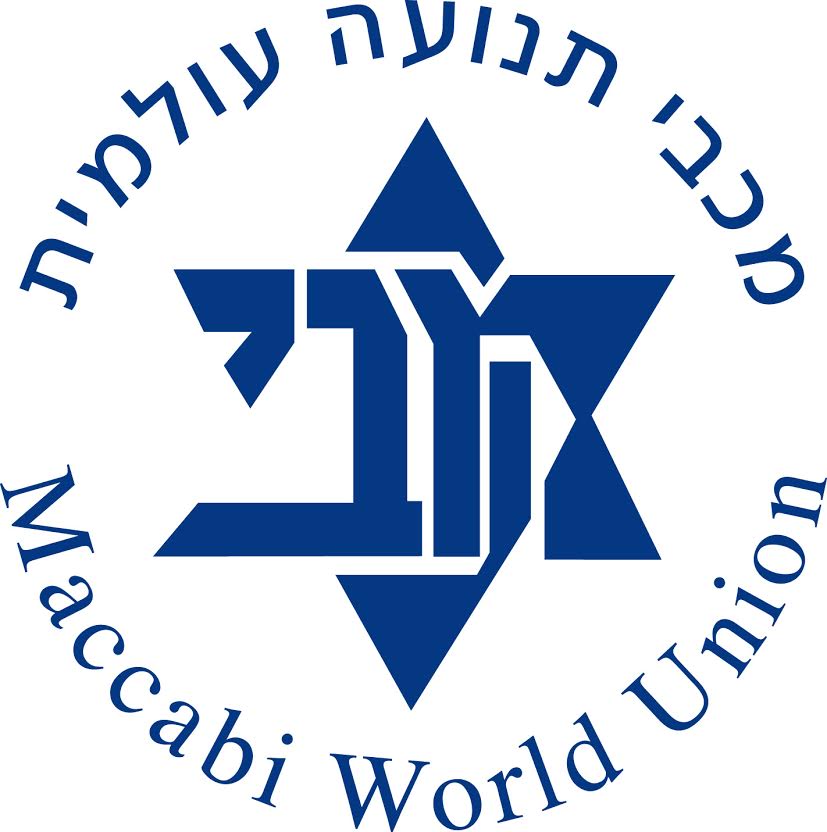
RABBI CARLOS TAPIERO
Deputy Director-General
Maccabi World Union
[1]In Carlsbad, Czechoslovakia, at the 12th Zionist Congress, 1921.
[2]Menachem Ussishkin (1863-1941) was one of the leading and founding fathers of Zionism. From 1923 until 1941 he was the powerful chairman of the Jewish National Fund, President of the 20th Zionist Congress, the permanent president of World Zionist Organization's Zionist Action Committee, and a member of the Jewish Agency Executive.
Maccabi World Union, 7 Peretz Berenstein, Ramat Gan, 52105 Israel
Photo provided by MWU
- Details
- Written by Silvia G Golan
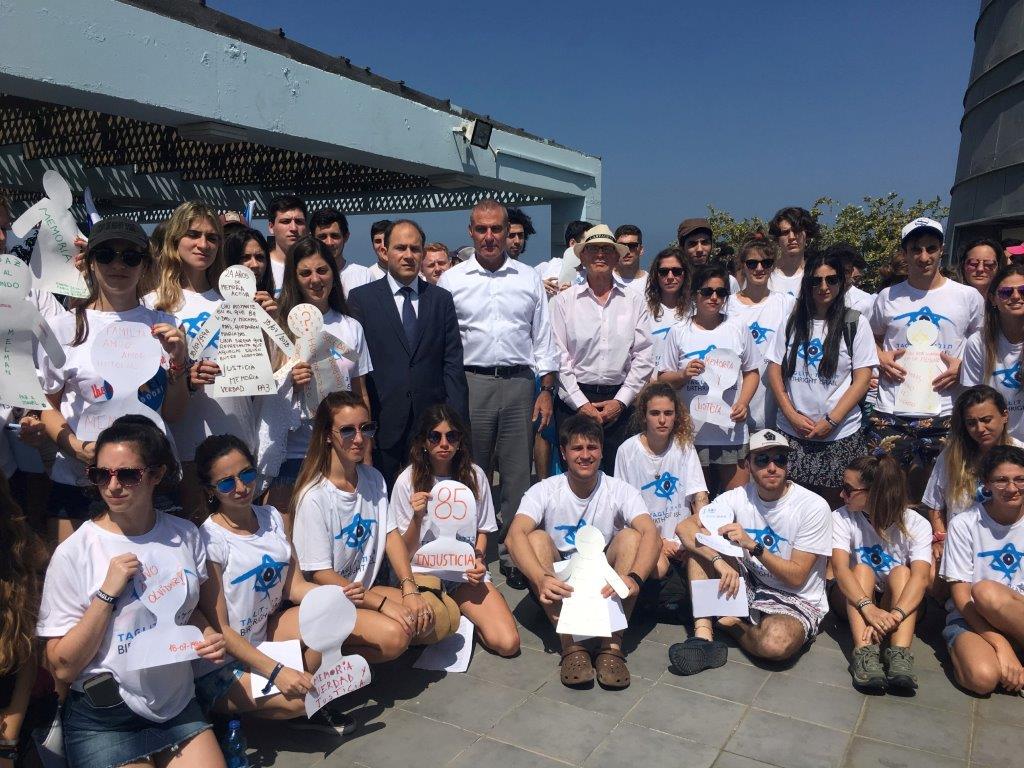
"Let's ask for justice and keep remembering the victims", said Mariano Agustín Caucino, Ambassador of the Argentine Republic, today at the Taglit-Birthright Israel memorial ceremony in Israel.
24 years ago, on July 18, 1994, at 9:53 am, a suicide bomber blew up a car in the heart of Buenos Aires, at the Jewish community building in Argentina - AMIA; (Argentine Israelite Mutual Association). 85 people were murdered and 330 injured.
In solidarity with that terror attack, today at the same date, the same hour, Taglit-Birthright Israel participants from Argentina organized a memorial ceremony in Tel-Aviv. The ceremony was held in the presence of the Ambassador of the Argentine Republic in Israel, Dn. Mariano Agustín Caucino, Taglit-Birthright Israel International CEO, Gidi Mark and Vice President in Latin America, Lic. Jorge Zak.
Dn. Mariano Agustín Caucino, Ambassador of the Argentine Republic in Israel said: "Let's ask for justice and keep remembering the victims! As an ambassador, I learn some important things from this country, how wonderful life is and how important it is to remember the history of Jews around the world. The AMIA bombing was against humanity, the Argentinean people and the Jewish community living within it. Innocent people died, people who worked there, people who were just walked by, we could all have been one of them, too. Remember the horror but also celebrate our lives."
Jorge Zak, VP of Taglit-Birthright Israel in Latin America and an employee of AMIA at that time, who lost many friends in the bombing shared: "We need to talk and remember what happened because this open wound has yet to close. The murderers guilty for this bombing are still free, it has not been solved yet. We need justice for these people that have been cruelly murdered so they can rest in peace".
Gidi Mark, International CEO of Taglit-Birthright Israel said:" The core values of Jewish life are relevant to our event today – first our belief in life. Judaism tells us that we need to celebrate life. I hope that during your time in Israel you will see that people here are always full of life. The second value is our need to always remember because if you are not connected to the past you will never be connected to the future. We need to stop and remember what happened and try to do everything we can in order to prevent such events in the future. These days make us remember that we are all one big family."
The AMIA incident is remembered in the history of Argentina as the most destructive act of terrorism the country ever experienced, and which has united Argentina with Israel in mourning and in constant demand for justice for the victims. To this day, the investigation of the terrorist organizations behind the attack has not yet been completed and no response has been taken. The Jewish community in Argentina is waiting for justice to be served and raise awareness to the topic every year at a demonstration of thousands held on the day of the attack.
Photo PR
- Details
- Written by Talma Gotteiner
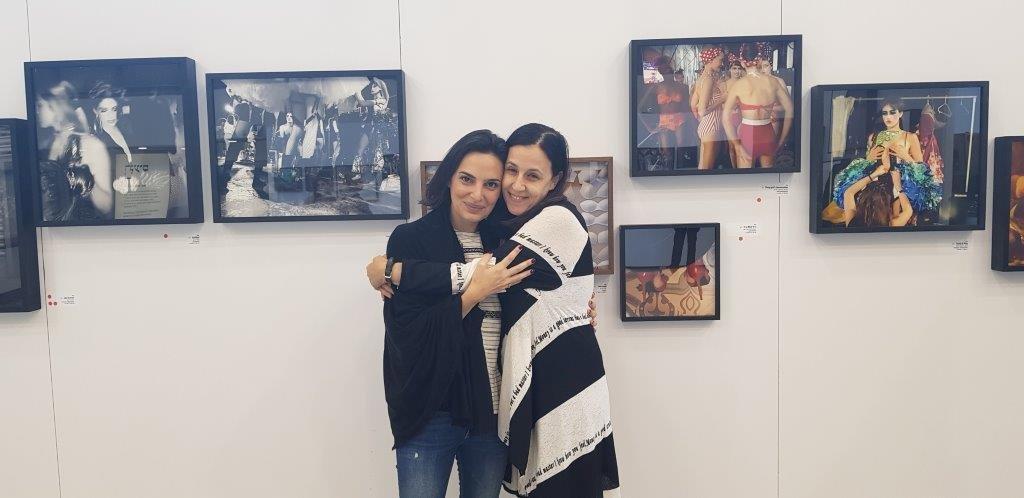
Information about an artistic social event that took place, an exhibition of photographs from the private collection of Motty Reif called "Moments" in cooperation and sponsorship of the Baram Group.
Motty Reif, the entrepreneur, and producer has, for the first time, exhibited personal photographs of key moments from his long career, for the benefit of the "Women's Spirit" organization and in cooperation with Baram Group.
Reif's works were exhibited for sale to the general public, and the proceeds were dedicated to the "Women's Spirit" organization.
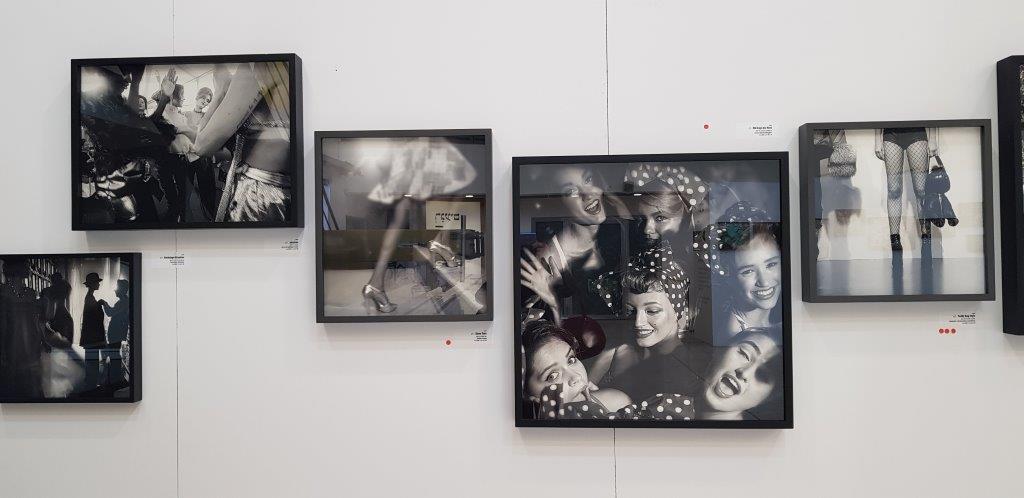
The exhibition took place at BARAM CITY PRESS Habarzel Street 6 Ramat Hahayal, Tel Aviv on Friday 16th of November, between 10:00 - 14:00.
The exhibition was held at the Baram City Press in Ramat Hahayal, which combines a connection between the world of printing and the world of art.
The exhibition "Moments" displayed 50 photographs from the private collection of the entrepreneur, producer and social activist for women, Motty Reif. A fraction of a second caught in the lens of Reif's telephone camera portrays his passion for love, women, fashion, and pride.
Each photograph presents a special moment so that through the observer, the moment is revived. The atmosphere, the message hidden in it and the music playing alongside it are transformed and revived.
A dialogue that is not limited in time was presented for one important goal that is the economic independence of women victims of violence of all sorts.
Each lady was captured in her moment.
Every donation you give helps another woman escape the cycle of violence!
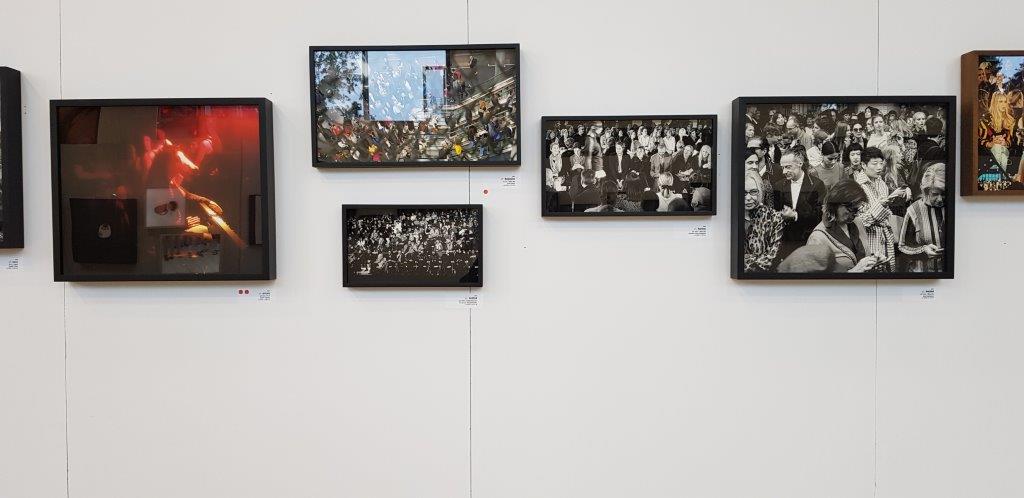
To buy the Photos:
Telephone 0722507770
Women's Spirit Facebook
Women's Spirit (Ruach Nashit) Organization helps women survivors of violence to rebuild their lives through employment and financial independence.
https://www.ruach-nashit.org.il/
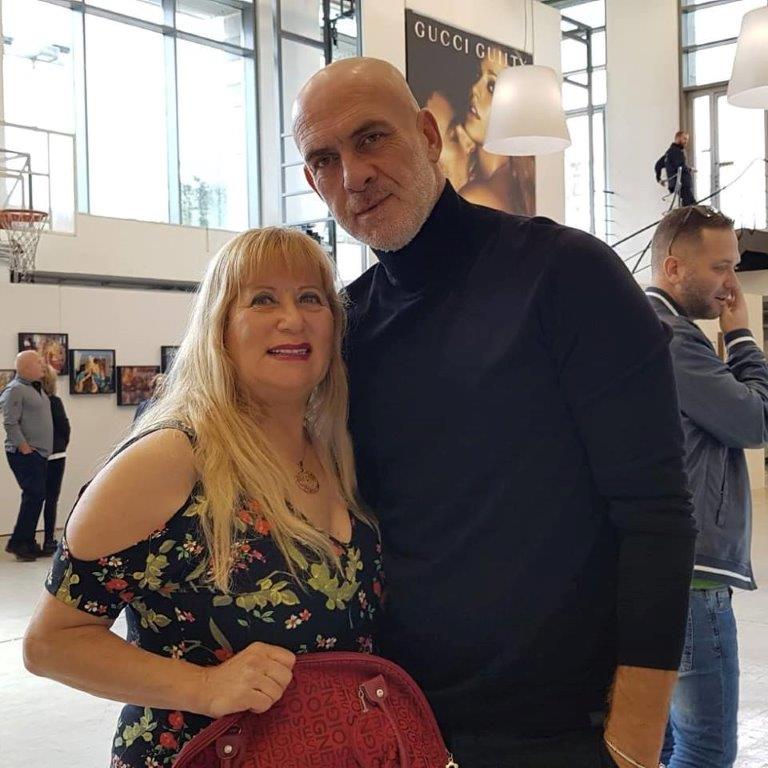
To read more about Baram City Press and Motty Reif, please refer to the full article:
Photos Silvia Golan
- Details
- Written by Silvia
PM Netanyahu will begin his trip in Buenos Aires where he will meet with President Macri. The two countries will sign a series of agreements on public security, customs and social insurance as well as an archives agreement regarding the Holocaust.
